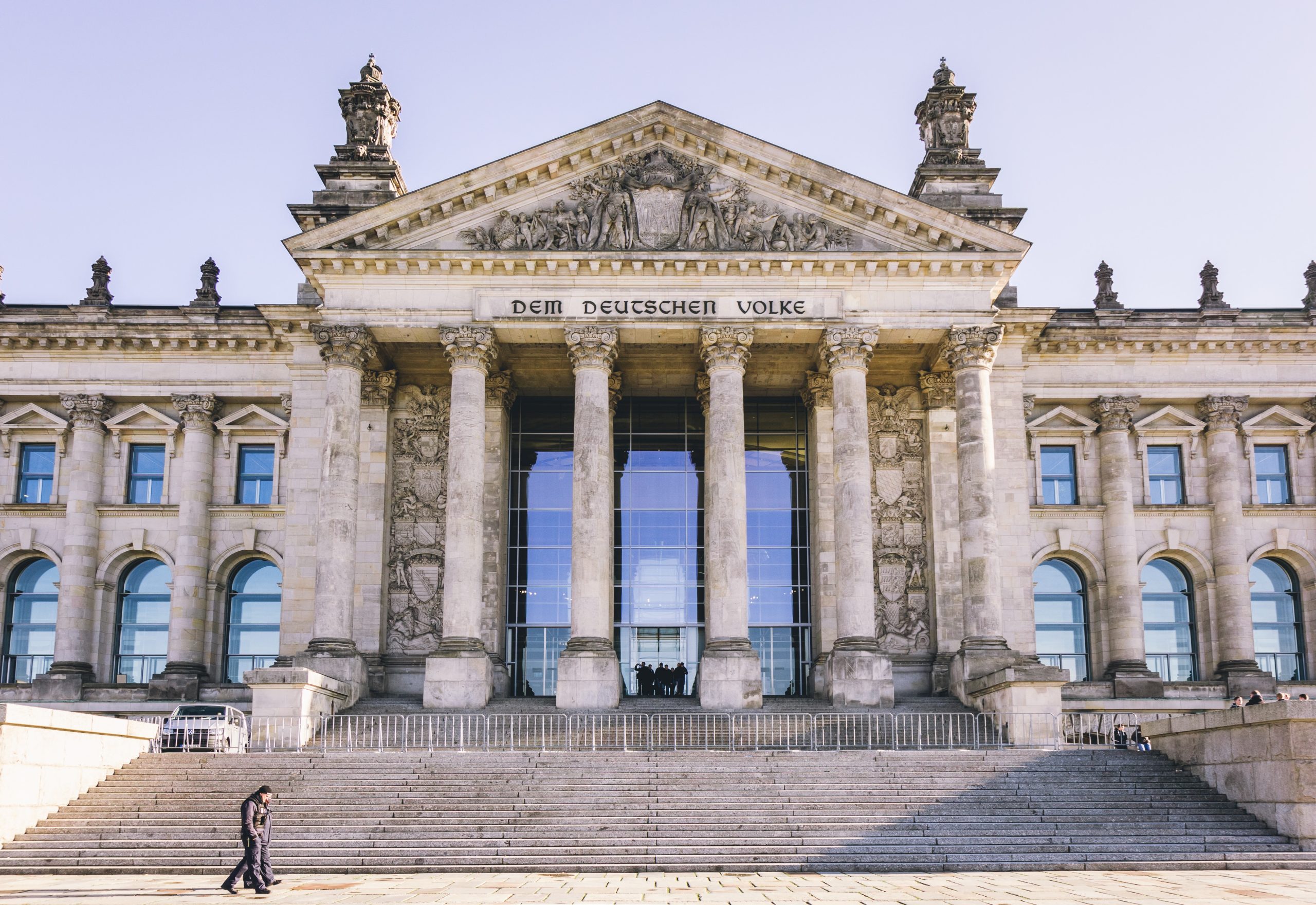The commercial real estate industry is constantly evolving, driven by changing market dynamics and emerging trends. Staying informed about the latest developments is essential for investors, developers, and professionals in this sector. In this article, we will explore some of the key trends shaping the commercial real estate landscape today.
- Remote Work and Flexible Office Spaces
The rise of remote work and the need for flexible workspaces have had a significant impact on the commercial real estate market. As companies embrace hybrid work models, demand for flexible office spaces, coworking spaces, and serviced offices has surged. Landlords and developers are adapting their properties to cater to these evolving needs, offering more flexible lease terms and creating collaborative environments that foster productivity and innovation.
- E-commerce and Logistics
The growth of e-commerce has transformed the retail and logistics sectors, driving demand for warehousing and distribution centers. The increasing popularity of online shopping has accelerated the need for strategically located fulfillment centers and last-mile delivery hubs. Commercial real estate investors are capitalizing on this trend by investing in logistics properties, optimizing supply chain networks, and leveraging technology to improve efficiency in the e-commerce space.
- Sustainability and Green Buildings
Sustainability has become a top priority in commercial real estate. Investors, tenants, and developers are embracing environmentally friendly practices and green building certifications. Energy-efficient buildings, renewable energy integration, and sustainable design features are highly sought after. This focus on sustainability not only reduces operational costs but also enhances tenant satisfaction, attracts socially responsible investors, and aligns with global efforts to combat climate change.
- Adaptive Reuse and Repurposing
Adaptive reuse of existing properties has gained popularity as a sustainable and cost-effective approach. Converting old warehouses, factories, and other underutilized buildings into mixed-use developments, creative office spaces, or residential units has become a viable strategy. Repurposing properties preserves historical significance, reduces construction waste, and revitalizes neighborhoods, catering to the changing needs of urban communities.
- Technology and Smart Buildings
Technological advancements continue to shape the commercial real estate landscape. Smart buildings equipped with Internet of Things (IoT) sensors, artificial intelligence (AI), and data analytics offer improved energy management, occupant comfort, and operational efficiency. Automated systems for security, lighting, and HVAC (heating, ventilation, and air conditioning) enhance user experiences while reducing energy consumption and operational costs.
- Focus on Wellness and Well-being
Wellness and well-being have become integral considerations in commercial real estate. Developers are incorporating health-focused features like fitness centers, outdoor spaces, and access to nature. Office designs prioritize employee well-being, promoting productivity, creativity, and work-life balance. The incorporation of biophilic design elements and wellness amenities attracts tenants who prioritize employee satisfaction and retention.
- Urbanization and Mixed-Use Developments
Urbanization trends continue to drive the demand for mixed-use developments that combine residential, commercial, and recreational spaces. Integrated communities that offer live-work-play environments have become highly desirable. These developments foster a sense of community, enhance convenience, and reduce the need for extensive commuting, thereby improving quality of life.
- Data-driven Decision Making
Data-driven decision making is gaining prominence in the commercial real estate industry. Real-time data analytics and market intelligence help investors and developers make informed choices regarding property acquisitions, portfolio management, and asset optimization. Access to comprehensive data on market trends, demographics, and tenant preferences enables more accurate forecasting and mitigates risks.
In conclusion, the commercial real estate industry is shaped by a range of trends that reflect the changing needs and preferences of businesses and communities. Embracing flexibility, sustainability, technological advancements, and wellness-oriented approaches are key to staying competitive and meeting the demands of the market. By adapting to these evolving trends, stakeholders in commercial real estate can navigate the ever-changing landscape and unlock new opportunities for growth and success.











